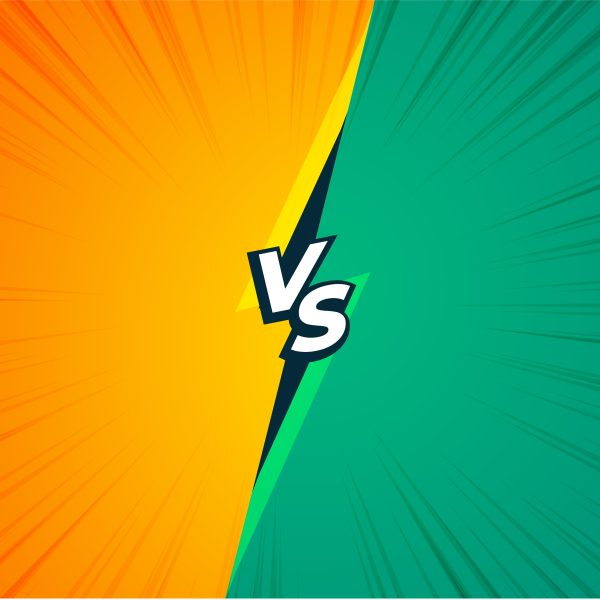
Precalculus and Calculus: Key Differences and How They Connect [A Simple Yet Complete Guide]
Mathematics is a progressive field of study where each level builds on the previous one.
Among the critical stages in this progression are precalculus and calculus.
Understanding the differences between these two areas is essential for students and anyone interested in the mathematical sciences.
This article aims to elucidate the distinctions and relationships between calculus and precalculus in a detailed yet convenient manner.
What is Precalculus?
Precalculus serves as the bridge between algebra, geometry, and trigonometry on one side and calculus on the other.
It encompasses a range of topics that prepare students for the rigorous analytical thinking required in calculus.
Here’s a breakdown of the key components of precalculus:
Algebraic Foundations
- Polynomials: Understanding the properties and behavior of polynomial functions.
- Rational Functions: Analyzing functions that are ratios of polynomials.
- Exponential and Logarithmic Functions: Studying functions involving exponents and their inverses.
- Complex Numbers: Working with numbers that have both real and imaginary parts.
Functions and Graphs
- Function Notation: Learning to express and manipulate functions using proper notation.
- Graphing Techniques: Plotting various types of functions to understand their shapes and behaviors.
- Transformations: Applying shifts, stretches, and reflections to functions.
Trigonometry
- Angles and Their Measures: Using degrees and radians to measure angles.
- Trigonometric Functions: Understanding sine, cosine, tangent, and their reciprocals.
- Trigonometric Identities and Equations: Simplifying and solving trigonometric expressions and equations.
Analytic Geometry
- Conic Sections: Studying the properties of circles, ellipses, parabolas, and hyperbolas.
- Coordinate Geometry: Analyzing geometric figures using a coordinate plane.
In simple words, Precalculus aims to solidify students’ understanding of these fundamental concepts and ensure they are well-prepared to tackle the more advanced topics in calculus.
What is Calculus?
Calculus is the branch of mathematics that deals with change and motion.
It builds on the concepts learned in precalculus and introduces two major areas: differential calculus and integral calculus.
Here are the primary aspects of calculus:
Limits and Continuity
- Limits: Understanding the behavior of functions as they approach a specific point.
- Continuity: Analyzing whether a function is continuous at a point or over an interval.
Differential Calculus:
- Derivatives: Measuring the rate at which a function changes at any given point.
- Differentiation Techniques: Applying rules such as the product rule, quotient rule, and chain rule to find derivatives.
- Applications of Derivatives: Using derivatives to solve problems involving motion, optimization, and curve sketching.
Integral Calculus
- Integrals: Finding the total accumulation of a quantity, often represented as the area under a curve.
- Integration Techniques: Employing methods like substitution and integration by parts to compute integrals.
- Applications of Integrals: Solving problems related to areas, volumes, and physical quantities.
Fundamental Theorem of Calculus
- Connection Between Derivatives and Integrals: Understanding how differentiation and integration are inverse processes.
Key Differences Between Precalculus and Calculus
Purpose and Focus
- Precalculus: Prepares students by reinforcing algebraic, geometric, and trigonometric concepts. It focuses on understanding functions and their behaviors.
- Calculus: Explores the concepts of change and accumulation. It is concerned with rates of change (differentiation) and total quantities (integration).
Conceptual Level
- Precalculus: Deals with concrete mathematical functions and shapes.
- Calculus: Introduces abstract concepts like limits and the notion of infinity, requiring a higher level of mathematical thinking.
Applications
- Precalculus: Primarily theoretical, with applications limited to preparing for calculus.
- Calculus: Broadly applicable in fields such as physics, engineering, economics, biology, and beyond, dealing with real-world problems involving change and accumulation.
The Connection Between Precalculus and Calculus
While precalculus and calculus are distinct stages in mathematical education, they are deeply interconnected.
Precalculus provides the necessary foundation for calculus by ensuring students are comfortable with functions, graphs, and trigonometry. Calculus builds on this foundation, taking these concepts to a new level of depth and application.
For instance, understanding the behavior of polynomial and rational functions in pre-calc is crucial for grasping the concepts of limits and derivatives in calculus.
Similarly, familiarity with trigonometric functions is essential for solving integrals involving these functions.
Master Precalculus and Calculus with SavvyCle’s Expert Guidance
Precalculus and Calculus are two integral parts of mathematical education, each with its own focus and importance.
Precalc lays the groundwork by reinforcing and expanding on algebraic, geometric, and trigonometric concepts, preparing students for the more abstract and applied nature of calculus. Calculus, in turn, introduces powerful tools for analyzing change and accumulation, with wide-ranging applications in various fields.
Together, these disciplines form a continuum that is essential for advanced mathematical study and practical problem-solving in many scientific and engineering domains.
Math might seem tough, but with SavvyCle‘s personalized consultation, you can excel. Schedule a free trial session with us for precalculus and calculus today and see how we can improve your understanding and performance in these subjects.
